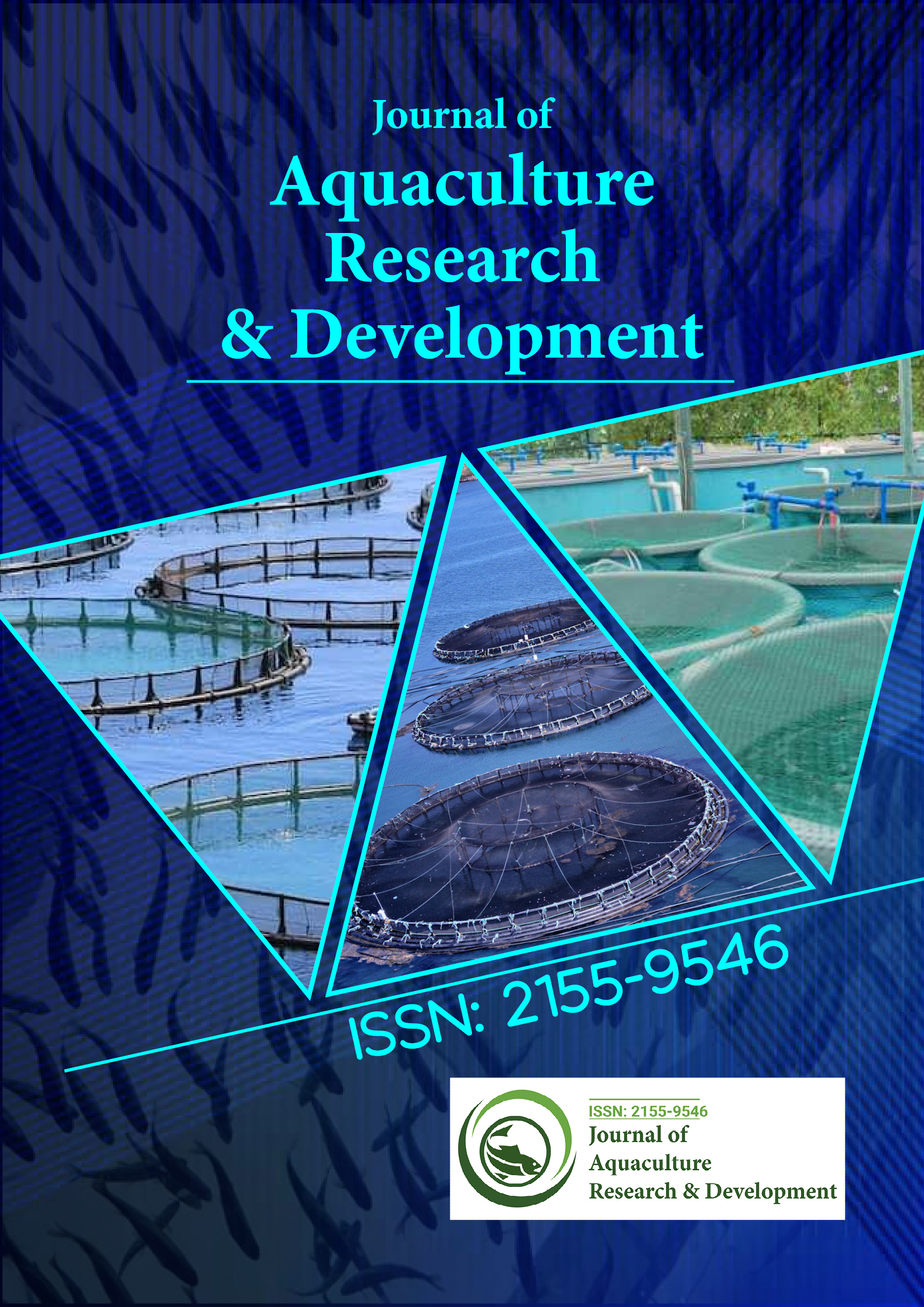Indexé dans
- Accès en ligne à la recherche en environnement (OARE)
- Ouvrir la porte J
- Genamics JournalSeek
- JournalTOCs
- Scimago
- Répertoire des périodiques d'Ulrich
- Accès à la recherche mondiale en ligne sur l'agriculture (AGORA)
- Bibliothèque des revues électroniques
- Centre international pour l'agriculture et les biosciences (CABI)
- RechercheRef
- Répertoire d'indexation des revues de recherche (DRJI)
- Université Hamdard
- EBSCO AZ
- OCLC - WorldCat
- érudit
- Catalogue en ligne SWB
- Bibliothèque virtuelle de biologie (vifabio)
- Publions
- MIAR
- Commission des bourses universitaires
- Pub européen
- Google Scholar
Liens utiles
Partager cette page
Dépliant de journal

Revues en libre accès
- Agriculture et aquaculture
- Alimentation et nutrition
- Biochimie
- Bioinformatique et biologie des systèmes
- Business & Management
- Chimie
- Génétique et biologie moléculaire
- Immunologie & Microbiologie
- Ingénierie
- La science des matériaux
- Neurosciences & Psychologie
- Science générale
- Sciences cliniques
- Sciences environnementales
- Sciences médicales
- Sciences pharmaceutiques
- Sciences vétérinaires
- Soins infirmiers et soins de santé
Abstrait
Changements récents dans la bioéconomie de la pisciculture au Vietnam
Elizabeth H Petersen*, Brett D Glencross, Nguyen Van Tien, Le Anh Tuan, Vu An Tuan, Truong Ha Phuong
Les pisciculteurs vietnamiens de mariculture prennent des décisions prudentes en matière de changement de pratiques en réaction à un certain nombre de facteurs économiques. Ces facteurs économiques sont centrés sur les tendances à l'augmentation des coûts des intrants et à la baisse des prix de production. En général, les pisciculteurs s'adaptent à la compression des coûts de plusieurs manières, notamment en augmentant les densités et les superficies de stockage et en adoptant des stratégies de réduction des risques (diminution des périodes de grossissement et utilisation d'un plus grand nombre de petits étangs pour répartir le risque de mortalité). Cependant, il existe toujours une pénurie d'alevins de bonne qualité à faible coût, ce qui limite la capacité des pisciculteurs à s'adapter à la compression des coûts. La principale source de coût des intrants est l'alimentation. La plupart des pisciculteurs dépendent encore des aliments à base de poissons de rebut. Avec des taux de conversion alimentaire faibles et en baisse pour les poissons de rebut, ces pisciculteurs sont de moins en moins incités à passer aux régimes granulés. Les pisciculteurs de bar d'Asie du Sud ont opté pour des granulés, mais les taux de conversion alimentaire sont élevés, ce qui empêche les gains économiques significatifs liés à ce changement. Cette recherche met en évidence deux domaines clés dans lesquels les initiatives politiques, de recherche et de vulgarisation peuvent avoir un impact significatif sur la viabilité économique et environnementale à long terme des opérations de mariculture au Vietnam tout en protégeant les stocks de poissons : premièrement, assurer la disponibilité généralisée d'alevins à faible coût produits en écloserie, et deuxièmement, encourager le changement de pratique des régimes à base de poissons de rebut vers l'utilisation bien gérée d'aliments granulés fabriqués.